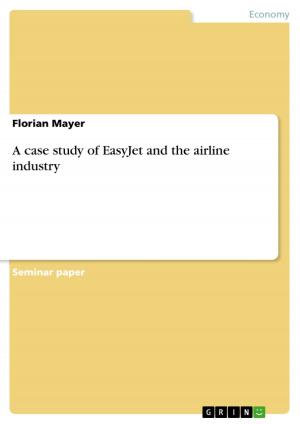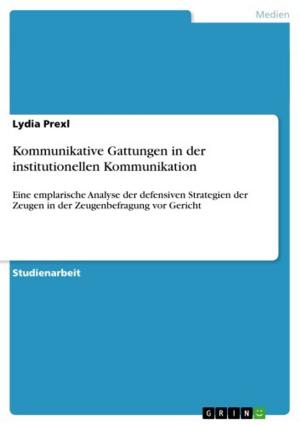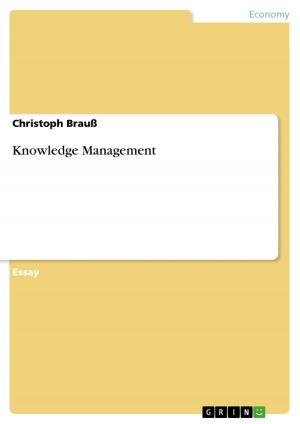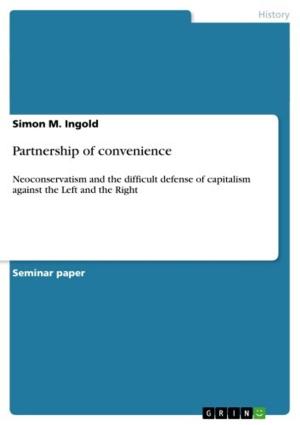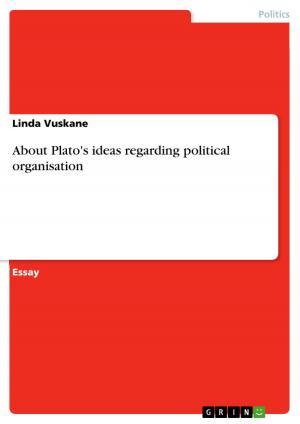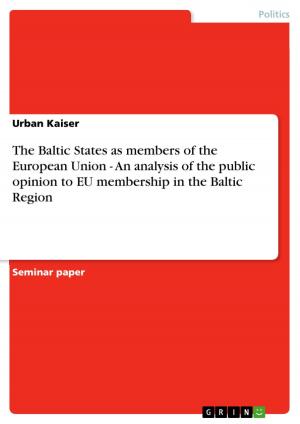The Airline Industry in the 21st Century - Competition between Network Carriers and Low-Cost Carriers
Competition between Network Carriers and Low-Cost Carriers
Business & Finance| Author: | Christian Hammer | ISBN: | 9783638551885 |
| Publisher: | GRIN Publishing | Publication: | October 5, 2006 |
| Imprint: | GRIN Publishing | Language: | English |
| Author: | Christian Hammer |
| ISBN: | 9783638551885 |
| Publisher: | GRIN Publishing |
| Publication: | October 5, 2006 |
| Imprint: | GRIN Publishing |
| Language: | English |
Seminar paper from the year 2005 in the subject Business economics - General, grade: 1,5, Vienna University of Economics and Business (Dept. of English Business Communication), 26 entries in the bibliography, language: English, abstract: External shocks, such as terrorist attacks, wars in Afghanistan and Iraq, the SARS epidemic and the worldwide economic downturn have hit the aviation industry badly. Many airlines have posted substantial losses (Lindstädt and Fauser 2003, 23). According to the chairman of Lufthansa's supervisory board, Jürgen Weber ('Fliegen, bis der Geier kommt': 58), about half of the [network] airlines are de facto bankrupt. Franke (2004: 15) argues that 'the severe crisis of the global aviation industry has primarily struck the classical network carriers (NCs) with their complex hub&spoke [sic!] operation platforms'. Low-cost carriers (LCCs), however, were not hit by the downturn. With their lean business models they offered a good alternative at a time when passengers began to look for ways to avoid paying the high prices NCs demanded (Franke 2004:15). This paper analyses the competitive environment in the airline industry. I shall briefly describe the different business models in the industry: the LCC and the NC model. I will then analyze the role airports play. The main purpose however, is to identify possible future scenarios in the industry.
Seminar paper from the year 2005 in the subject Business economics - General, grade: 1,5, Vienna University of Economics and Business (Dept. of English Business Communication), 26 entries in the bibliography, language: English, abstract: External shocks, such as terrorist attacks, wars in Afghanistan and Iraq, the SARS epidemic and the worldwide economic downturn have hit the aviation industry badly. Many airlines have posted substantial losses (Lindstädt and Fauser 2003, 23). According to the chairman of Lufthansa's supervisory board, Jürgen Weber ('Fliegen, bis der Geier kommt': 58), about half of the [network] airlines are de facto bankrupt. Franke (2004: 15) argues that 'the severe crisis of the global aviation industry has primarily struck the classical network carriers (NCs) with their complex hub&spoke [sic!] operation platforms'. Low-cost carriers (LCCs), however, were not hit by the downturn. With their lean business models they offered a good alternative at a time when passengers began to look for ways to avoid paying the high prices NCs demanded (Franke 2004:15). This paper analyses the competitive environment in the airline industry. I shall briefly describe the different business models in the industry: the LCC and the NC model. I will then analyze the role airports play. The main purpose however, is to identify possible future scenarios in the industry.



